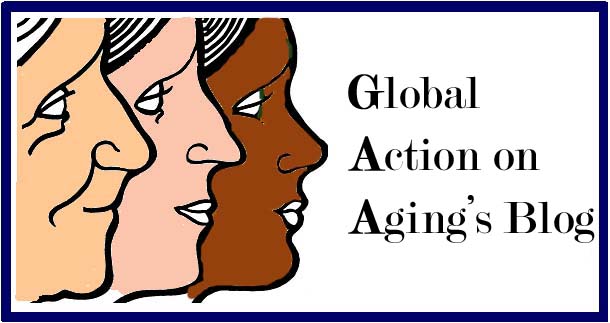In today’s globalized world, more people are on the move than at anytime ever recorded in the history. This migration is challenging nations-states and their “rigid” borders. At a UN side event that took place during the High Level Meeting on AIDS, William Lacy Swing, Director General of the International Organization for Migration (IOM), stated that there are approximately 1 billion migrants in the world, one third of whom are international.
Why are they migrating? Some move for political reasons; some to make extra money. For others it is a matter of survival, such as for the thousands of Syrians who have fled to Turkey in the since late May 2011. Unfortunately, migrants don’t always find a better or safer place than the one they left behind. Think of the overcrowded refugee camps or windowless cell-like dorms where some labor migrants settle in order to find jobs and to send remittances to their families and others back home. Those who begin this process may be in good health; however, bad living conditions nearly always compromise the migrants’ health.
People who are part of the migrant stream often confront HIV, an issue that emerged during the conference. I was attracted to this session by the flyer that posed the following question: “Ten years after the Declaration of Commitment on HIV/AIDS, what have we accomplished?” One of the speakers, Dr. Sophia Kisting, International Labour Organization AIDS Director, said that millions of dollars are being spent for testing migrants, but not a single penny is spent for treating those whose tests are positive. Moreover, the authorities testing migrants do not share the results with them. Dr. Kisting said this failure to inform migrants leads them to believe that they are HIV-free. However, we now know that if the disease is diagnosed at an early stage, people with HIV can live long lives. By not telling the migrants whether or not they have HIV, the researchers are killing migrants chance to live and also contributing to more HIV cases as they engage in sex.
Another speaker, Mody Guiro, President of the International Trade Union Confederation of Africa, raised the issue of vulnerability of female migrants. He said that most women refugees or IDPs cannot afford to buy antiretroviral treatment. Also, if migrant worker are subject to compulsory HIV testing they lack freedom of choice or discriminatory treatment Even if migrants secure medications, they risk death if they deported because of their HIV status; their treatment stops and they eventually die. The big question is how to treat lifelong diseases like AIDS while migrating?
The last speaker, Rhon Reynolds, representing the European AIDS Treatment Group, African and Black Diaspora Global Network on HIV/AIDS summed up HIV and migration relation in five Ds: discrimination, deportation, detention, dispersal and destitution.
More than 30 years have passed since the first cases of HIV/AIDS were discovered. Once known as the “gay cancer’ and fatal, AIDS today is a treatable disease if diagnosed at an early stage. However the stigma against HIV positive people still remains alive and well.
Duygu Basaran, d.basaran@globalaging.org


No comments:
Post a Comment